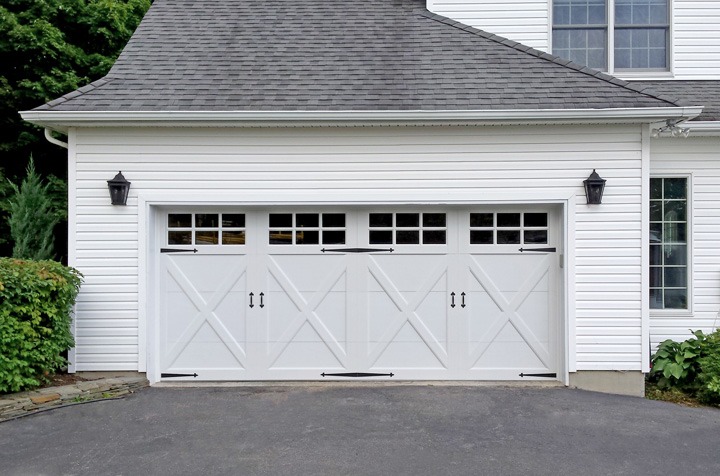Is your garage sweltering in the summer and an icebox in the winter? If so, it might be time to consider insulating your garage door. Not only can it make your garage a more comfortable space to work or store things, but it can significantly reduce your energy bills and perhaps even pay for itself.
Why Insulate Your Garage Door?
Before we dive into the how-to, let’s talk about why you should insulate your garage door in the first place.
- Energy savings: Your garage door is a large opening in your home. Insulating it can help prevent heat loss in winter and heat gain in summer, leading to lower energy bills.
- Comfort: A well-insulated garage is more comfortable to be in, year-round. No more freezing hands in winter or sweating buckets in summer.
- Noise reduction: Insulation can help reduce noise from outside, making your garage a quieter space.
- Protection: Insulation can help protect your garage contents from temperature extremes, preventing potential damage to sensitive items and allowing you to store things that might otherwise freeze.
Can You DIY Garage Insulation?
While there are some DIY insulation kits available, insulating a garage door is a bigger job than it might seem at first. It involves working at height, using tools, and potentially dealing with the weight of the garage door. If you’re not comfortable with these tasks, it’s best to hire a professional garage door technician.
That said, there are some minor adjustments you can make yourself to improve your garage door’s insulation. We’ll cover those later.
When to Call a Garage Door Professional
If you’re considering any of the following, it’s likely time to call a professional:
- Replacing your garage door: If your garage door is old, damaged, or inefficient, replacing it with an insulated door is a great way to improve your home’s energy efficiency.
- Installing a new garage door opener: If you’re replacing your garage door opener, it’s a good time to have a professional assess your garage door’s insulation and make recommendations.
- Addressing significant air leaks: If you notice large gaps around your garage door, you might need professional help to seal them up.
DIY Garage Insulation Tips
If you’re determined to tackle some DIY insulation, here are a few tips:
- Weatherstripping: Check for gaps around the edges of your garage door and seal them with weatherstripping.
- Insulation kits: There are DIY insulation kits available that can be installed on the inside of your garage door. These are typically easier to install than full insulation but won’t be as effective.
- Caulk: Seal any cracks or gaps in your garage door with caulk.
Remember, these are often just temporary solutions. For long-term energy savings and comfort, a professional residential garage door repair service is the way to go.
Choosing the Right Garage Door Insulation
If you decide to hire a professional, they’ll help you choose the right type of insulation for your garage door. Some common options include:
- Polystyrene: This is a lightweight, affordable option with good insulating properties.
- Fiberglass: This is a more traditional insulation material that offers good thermal performance.
- Foam board: This is a rigid insulation board that provides excellent insulation but can be more expensive.
The Bottom Line
Insulating your garage door can be a worthwhile investment in your home. While there are some DIY options available, for best results, it’s often recommended to hire a professional. By taking the time to insulate your garage door, you can enjoy a more comfortable, energy-efficient home and reclaim that space for year-round use.
Would you like to know more about specific insulation materials or the cost of insulating a garage door? Speak to our team of garage door professionals at Stewart Overhead Door to get an expert view.

